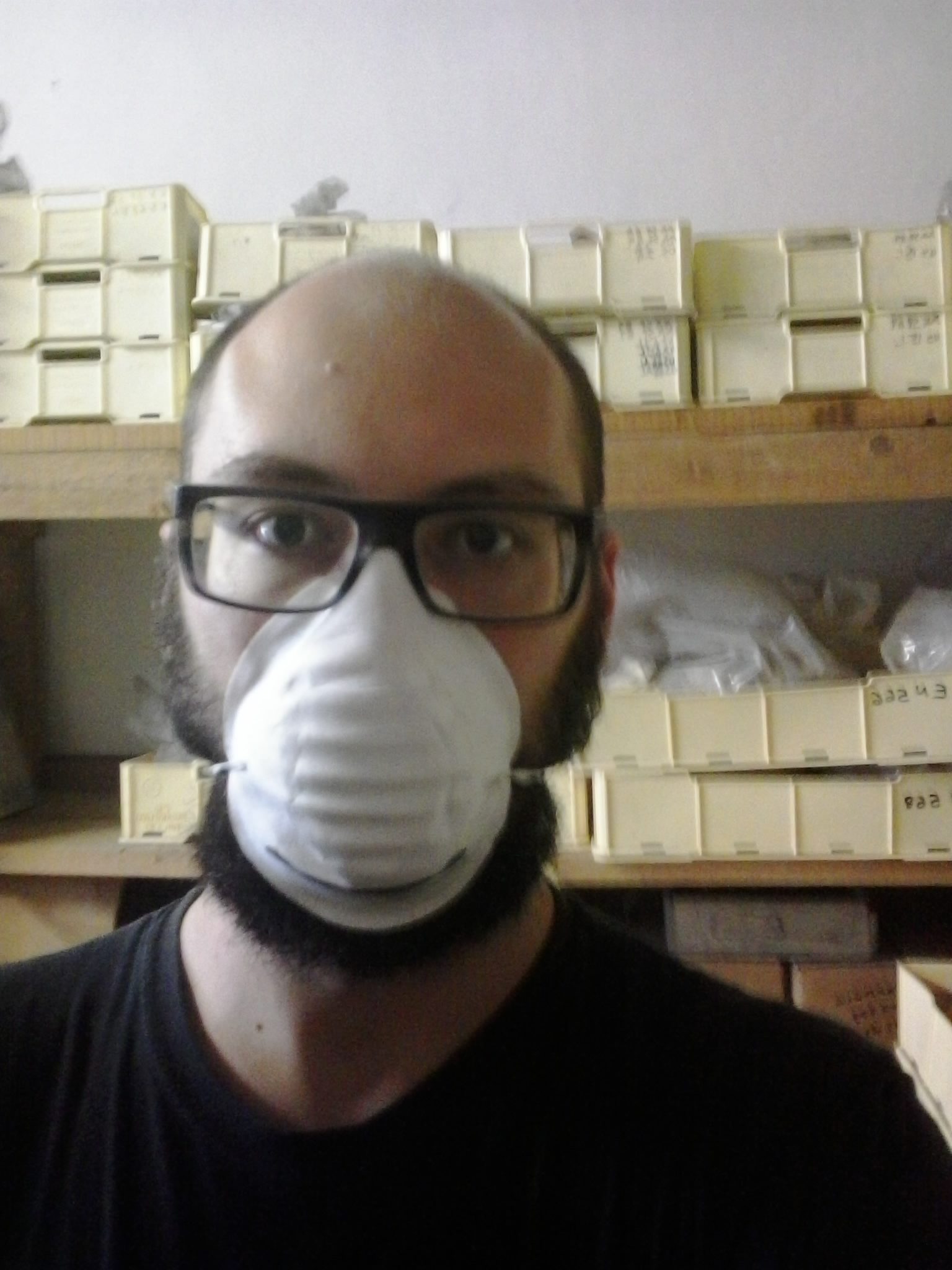The friends of MAPPA Project have put up a video contest for their second and final workshop. Participants had to submit a 3-minutes video (or multimedia presentation, and this point had a very important effect on the results). You can vote until 15th June, one video per category. The videos are listed on the MAPPA website.
Go and have a look: there are 20 videos, it would take you one hour to see them all. Actually, it took me much less than that. Why? Because most of them are not really videos, but rather mute slideshows. First I will give some stats, and after that I’d like to add a brief comment.
On the audio side:
- 10 out of 20 videos are mute, no sound, no music, no voice ‒ mostly an (animated) slideshow
- of the other half, 7 have only a music background
- only 3 have a recording of human voice
Looking at the video part:
- 14 out of 20 are, as said above, simple slidehows of a (PowerPoint/Impress/Keynote/Prezi) presentation
- the remaining 6 show a mixture of video footage, 3d models and slides
I have been following the topic of video-making in archaeology since 2008, when I made my first appearance in a docudrama thanks to my friend Cioschi. I am far from being an expert, but I am an opinionated archaeologist and to me the stats shown above sound like a disaster. After all these years, the majority of (Italian) archaeologists still thinks that a mute slideshow is good enough to take part in a video contest..? I don’t like to dismiss the work of other people as badly done, so I will try and look at the positive side, that is the two videos that caught my attention. I am definitely encouraging you to vote for these two ‒ not only because they are well done, but in the end I think we all need good models to follow and this contest is a good chance to provide such models.
The two videos I liked are, unsurprisingly, those where there is a human voice. The first one is #4 “Invisibile Heritage: The Paradox of Landscape” by G. Di Pasquale and others:
What’s so good about this one? The video footage is of high quality. The voice is telling a story, with a calm tone. Overall, it could be an excerpt from a longer video suitable for TV. However, there is still something missing: people. This is probably done on purpose, exactly because there is an almost obvious model in those TV documentaries where only landscape is seen and the voice provides a commentary.
However, I liked a lot more entry #12 by Giuliano De Felice and Francesco “Cioschi” Ripanti, called “Cannoni e farfalle” (Cannons and butterflies):
What’s so special about this one? There are three actors, with dialogues and a storyline. The footage is of good quality, and I really liked the photography with the contrast between dark and light. The setting is a familiar one, with dozens of crates filled with pottery. The plot provides a situated explanation of why open access is important, not an absolute one (much in the same spirit as the out of contest video where Socrates is seen engaging with other philosophers…). There is a musical background for the slides. This video is well-executed and it is clearly meant to fit into the 3-minutes slot from its inception. The model in this case is IMHO clearly represented by short videos shown in popular political TV shows where interviews and graphics are intertwined at a fast pace, both giving some factual information and involving the spectator on a more emotional level. Here the pace is quite slow, even though there is a mild contrast between the calmness of the dialogue and the music.
Nothing like the above could be said about all the other videos. They may be video files uploaded on a video platform, but there is no trace of “video” being used as a communication language. We really need to improve that. It’s not about using a video-editing program, that is useless if there is no storyline or even worse no story at all. I think this may be the right time to tackle this problem.
As a final disclaimer, I want to point out very clearly that I have the privilege of being friends with both Giuliano and Cioschi, so I may be biased here because I have been discussing these issues with them for some time now. And I also know Di Pasquale and some of his colleagues. Actually, I know some of those who submitted other entries in the contest, too. I hope they will understand my comments here are purely technical and with the needed training they will be able to create beautiful videos to present and promote their work. Videomaking is crucial for public archaeology: let’s get it right!

Lascia un commento